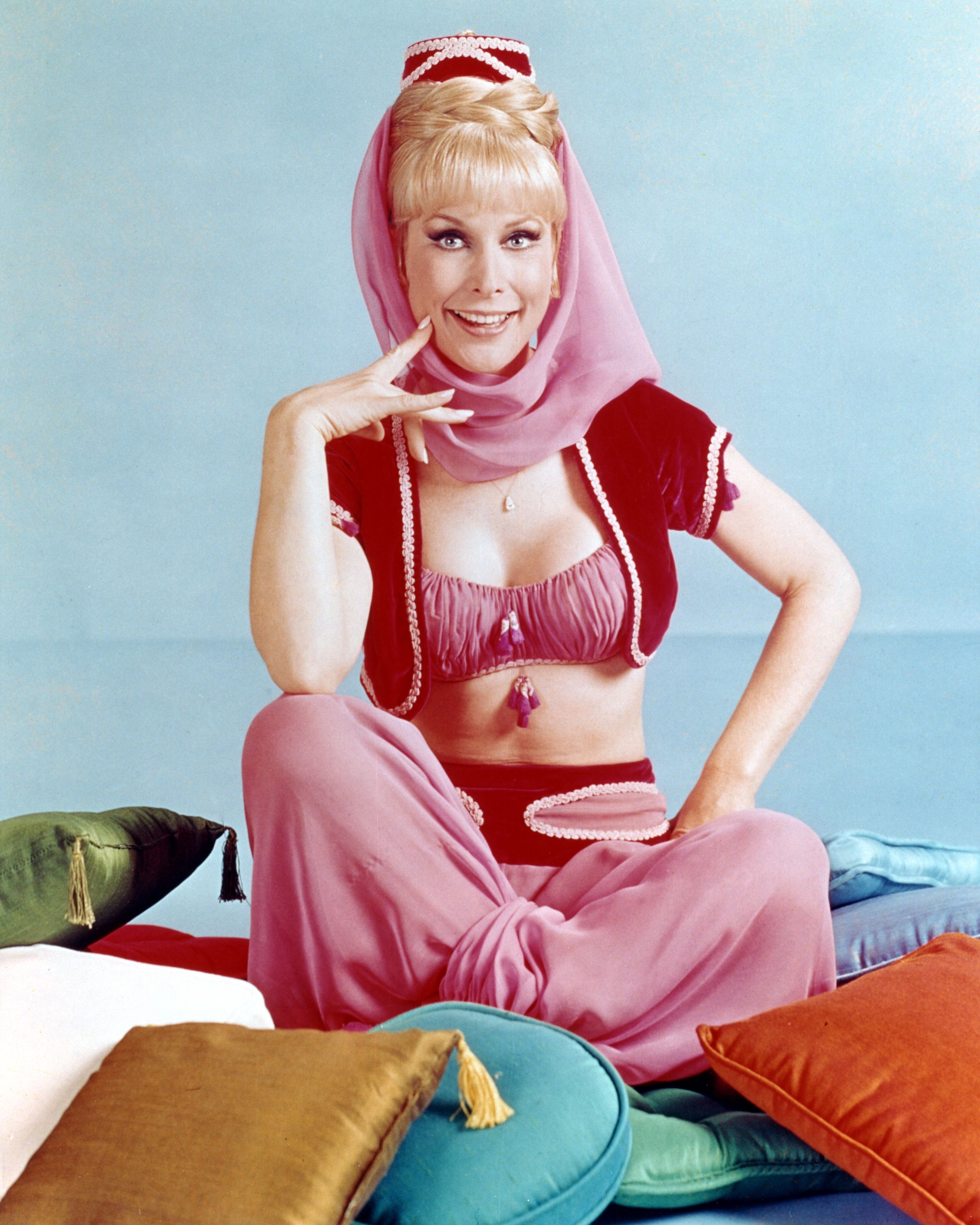In my first year of university, I spent hours, days and weeks constructing a big old Excel spreadsheet that maps out my degree, which I’m studying part time over the course of four years. It factors in all the compulsory subjects, electives and adds up all the credit points so I know exactly where I’ve been, and where I’m headed. My map included the subject Media, Audience, Place which, according to the course descriptor, involved writing blog posts and completing a digital storytelling project relating to audience motivation, behaviour and experience, with an emphasis on the theoretical aspects of these. It sounded like a subject that was right up my alley, as I have a background in arts marketing and a nerdy interest in understanding what motivates audiences to engage; the employee who loves nothing more than poring over analytics data and survey feedback in an effort to improve her communication with people. It had to be for the love of it because, as anyone working in creative industries will tell you, it sure wasn’t about the money!
When we received the subject outline at the start of the semester, I saw that it mentioned developing my own research focus, thinking spatially about media (when I’d only ever thought about Pigs in Space previously), time geography (what?! Is this a Dr Who reference?) and public space ethnography (huh? you what now??). I read the words over and over trying to make meaning out of them, but all that happened was a few tumbleweeds rolled from one side of my brain to the other.
At this point, I wondered what I’d gotten myself into and was concerned I’d chosen a subject that was not actually at all what I’d envisaged. And the worst of it was, I’d have to put my ignorance on display for all the world to see (in particular friends, family, work colleagues, tutors, lecturer and fellow students who make up the majority of my audience) via my blog posts and Twitter. Being a relatively tenacious type however, I told myself that these concepts couldn’t possibly be too difficult to grasp or no-one would’ve passed the subject previously, so I put those thoughts aside and got on with it.
For me, the most meaningful experiences in the subject were defining ‘media spaces’ that audience behaviour is housed in, the opportunities to undertake face-to-face ethnographic research and making refinements to my WordPress site and its promotion in an attempt to improve the experience for readers.
The idea of there being multiple ‘media spaces’ is not something I’ve thought much about before, so to start looking at various media platforms and broadening my thinking about them to seeing what public and private spaces their consumption takes place in, and how that’s changing over time, has been really useful. Looking at the fragmentation of media audiences and the complexities in trying to research their behaviour highlighted the importance of using a mix of qualitative and quantitative research methodologies to create a more holistic picture than just using one approach alone. I can see that there are opportunities for researchers to focus on developing innovative new research approaches, because there are gaps in the ways it currently takes place, e.g. instead of thinking of the audience as static, think of them as dynamic and develop methodologies to suit. Finding ways of understanding audiences that are constantly on the move is challenging, but as media researchers Balnaves, O’Regan and Goldsmith point out, the lure of big advertising dollars will drive commercial media research organisations to evolve their approach (2012). Policy makers will also drive this push, since to legislate, they really need to understand who audiences are and the ‘hows and whys’ of their behaviour.
Ethnography was a brand new concept for me; my own experiences of audience research had always been faceless – online, over the phone or via a posted letter. Initially, I really struggled to understand what ethnography was, so I took my time reading through the resources on Moodle, internet searches (about ethnographic media research and collaborative ethnography), reading other students’ blog posts to see what their understandings were and searching for journal articles on the University library website. In previous media, communication and journalism subjects I’ve undertaken, it’s become apparent that my curiousness about and desire to hear people’s stories makes me a natural interviewer; I really enjoy talking to people about who they are and what’s shaped them, and feedback from my audience (teachers, peers and friends) before I started studying BCM240 indicated that it’s one of my strong points. So to have research tasks involving interviews and documenting my experience as a cinema audience-goer was enjoyable and easy to write about. It was good to also put into practice my learnings about the ethical and legal considerations of private and public space ethnography, such as getting permission from participants to take part in my research and making sure they understood the process, and getting their ok to publish the interviews I did with them on my blog. This thinking is essential to media researchers whose work is made publicly available, as they need to find ways of operating ethically and lawfully, but still get the information they need to answer a research question.
Communicating my research and digested thoughts to my WordPress and Twitter audience – a broad mix of academics, peers and non-academics – meant packaging things in a way that could be accessed easily, so I made sure to keep the tone fairly conversational, using plain English. As I discovered, researchers can be prone to using jargon which can create barriers to clear communication: “To various degrees, depending on backgrounds and training, readers will have to decipher the jargon and guess at its meaning. They may not decipher it correctly, or they may get the meaning wrong, or they may simply stop reading. Whatever the case, jargon gets in the way of disseminating research findings to lay audiences” (Dynarski, M & Kisker, E 2014). I also included an image with each post, to break up what would have been a very text heavy, visually off-putting post otherwise. In promoting my posts, I used WordPress and Twitter tags to encourage an audience beyond #BCM240 to stumble across them. My most engaged-with posts (according to the stats available on the platforms I was publishing on) were the ones that’d had an extra Twitter push from elsewhere; when I’d tagged well-known media producers who favourited or retweeted my tweet; used popular hashtags; and the couple of times my posts were included in the mapHUB weekly reads. I responded to the limited number of comments I received on my posts, and sought out a couple of other blogs to comment on, but I feel it’s going to take a bit more time and effort on my part to generate conversation and engage with others’ posts before I will see increased activity on my site. My take away from this is to write with enough substance to ensure my visitors come back for more.
References
Balnaves, M, O’Regan, T, & Goldsmith, B 2012, Rating The Audience: The Business Of Media, n.p.: New York : Bloomsbury Publishing Jan. 2012 Gordonsville : Macmillan [Distributor], UOW Catalogue, EBSCOhost, viewed 5 October 2015.
Dynarski, M, Kisker, E, & National Center for Education Evaluation and Regional, A 2014, ‘Going Public: Writing about Research in Everyday Language. REL 2014-051’, National Center for Education Evaluation and Regional Assistance.





